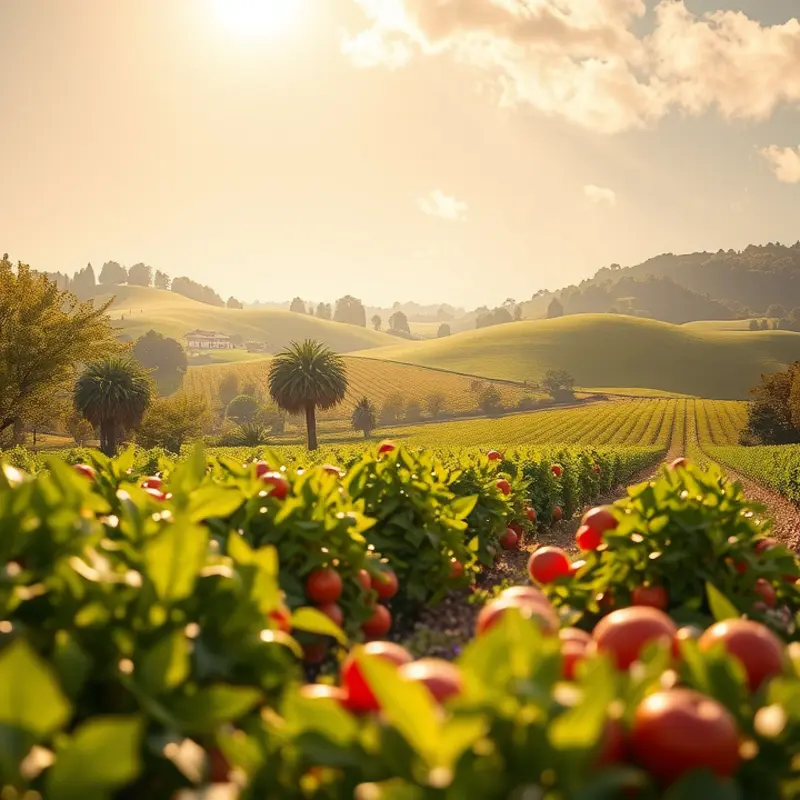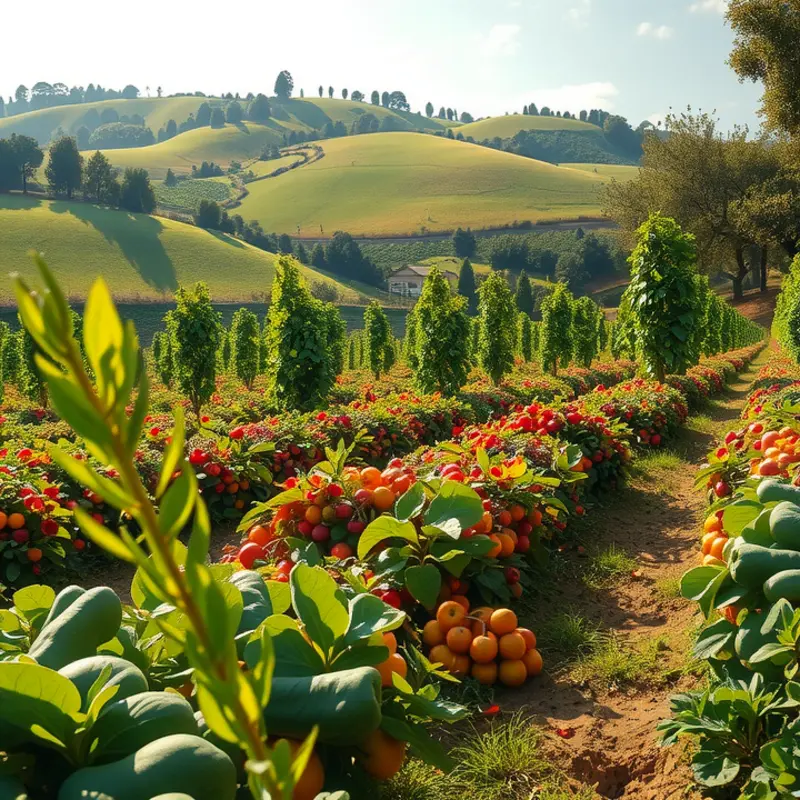Freezing fresh vegetables is a smart strategy for reducing waste and ensuring you always have healthy options on hand. Properly freezing not only preserves flavor and nutritional value but also helps you manage your food inventory effectively. This guide will offer actionable steps to help you freeze vegetables efficiently, keeping your meals nutritious and your kitchen organized.
Preparing Vegetables for Freezing

Effectively preserving fresh vegetables begins with proper preparation. This includes washing, cutting, and blanching, crucial for maintaining their quality. Begin with washing vegetables under cool, running water to remove dirt and potential pesticides. While washing, use a vegetable brush for root vegetables like carrots and potatoes to efficiently clean their surfaces. Ensure you inspect leaves and stems, removing wilted or damaged parts.
Once cleaned, move to cutting. Uniformity is key here; it ensures even freezing and consistent cooking later. For instance, chop peppers into half-inch pieces, and slice carrots into a quarter-inch thickness. For leafy greens like spinach, a rough chop will suffice. Precision in cutting minimizes waste, and smaller pieces make later thawing and cooking more manageable.
Blanching vegetables before freezing is a step often skipped but vital. This brief heat treatment deactivates enzymes that can cause veggies to spoil even while frozen. Blanching preserves color, texture, and nutritional value, ensuring that your frozen veggies taste fresh when used. Typically, plunge vegetables into boiling water for one to three minutes, depending on the type. You might blanch spinach for only a minute, while broccoli needs about two. Immediately transfer them to an ice bath to halt the cooking process. This step not only cools them but also preserves vibrant color. Ensure vegetables are thoroughly drained after blanching, as excess water can lead to freezer burn.
Efficiency is paramount. Sort your vegetables by type and treat similar ones in batches to save time and energy. Once cool and drained, spread them on a baking sheet in a single layer to freeze briefly. Pre-freezing prevents clumping, ensuring you can use just the right amount later.
An eco-smart approach involves considering reusable storage solutions. Opt for freezer-safe containers or silicone bags, which are both environmentally friendly and help in maintaining the quality of your frozen vegetables. This practice reduces plastic waste, aligning with sustainable kitchen habits, like those highlighted in eco-smart kitchen storage.
Careful attention to detail during preparation minimizes food waste. Use vegetable scraps for homemade broths, infusing them with nutrients and flavor. This approach contributes to a low-waste kitchen, filling each meal with practicality and mindfulness.
Freezing Techniques: Best Practices

Freezing vegetables effectively extends their shelf life while retaining maximum flavor and nutrition. Mastering the right freezing techniques can help maintain their quality and lessen the chance of spoilage. The first step is selecting the freshest vegetables available. Avoid overripe or damaged vegetables as they may deteriorate even more after thawing.
Preparation before freezing is crucial. Wash your vegetables thoroughly under cold water to remove dirt and pesticides. Trim, peel, and chop them according to your intended use to save time during meal prep. A vital but often overlooked step is blanching. Briefly boiling vegetables, followed by an ice bath, halts enzyme activity which can alter texture and flavor. The time for blanching varies: broccoli requires about three minutes, while carrots need two. This process helps remove dirt and bacteria while preserving essential vitamins.
Once your vegetables are ready for freezing, consider using the flash freezing method. Spread them in a single layer on a baking sheet. This ensures individual pieces, rather than clusters, make thawing and portioning easier. Once completely frozen, transfer them into sealable freezer bags or airtight containers. Removing as much air as possible minimizes freezer burn, which adversely affects taste and texture.
Proper storage involves more than just putting vegetables in the freezer. Optimal organization ensures you can quickly find what you need, helping manage portions and reduce waste. Reserve freezer space primarily for frozen items to allow good air circulation. Labeling is a simple yet effective tool for easy access. Clearly mark containers with the vegetable type and freezing date using a permanent marker. This way, you can utilize older stock first, minimizing waste.
For enthusiasts of eco-smart kitchen storage, consider utilizing reusable silicone bags. They are an excellent alternative to disposable plastic bags, offering both environmental benefits and durability.
Ensuring your frozen vegetables maintain their quality requires setting the freezer temperature at or below 0°F (-18°C). Regularly check the freezer’s performance, as fluctuating temperatures may lead to partial thawing and refreezing, spoiling your vegetables. Keep note of the freezer’s contents to avoid overcrowding. It enhances air circulation, maintaining an even temperature throughout.
The defrosting process is equally important in preserving the quality of frozen vegetables. For the best results, transfer them from the freezer to the refrigerator a day before use. This gentle thawing method preserves nutrients and texture. If you’re short on time, cooking directly from frozen can be an option. Add a few extra minutes to your recipe’s cooking time to ensure even heating. Avoid using a microwave for defrosting, as it can result in uneven texture and nutrient loss.
Integrating these freezing techniques into your routine can have a transformative impact on meal management, reducing stress and maximizing nutritional intake in your diet.
Final words
Freezing fresh vegetables not only helps preserve their nutrients and flavors but also enhances your culinary versatility at home. By following the preparation and freezing techniques outlined, you are setting yourself up for success in managing your food inventory, reducing waste, and enjoying fresh-tasting meals all year round. This simple practice can lead to substantial savings in both time and money while ensuring your meals remain healthy and delicious.







